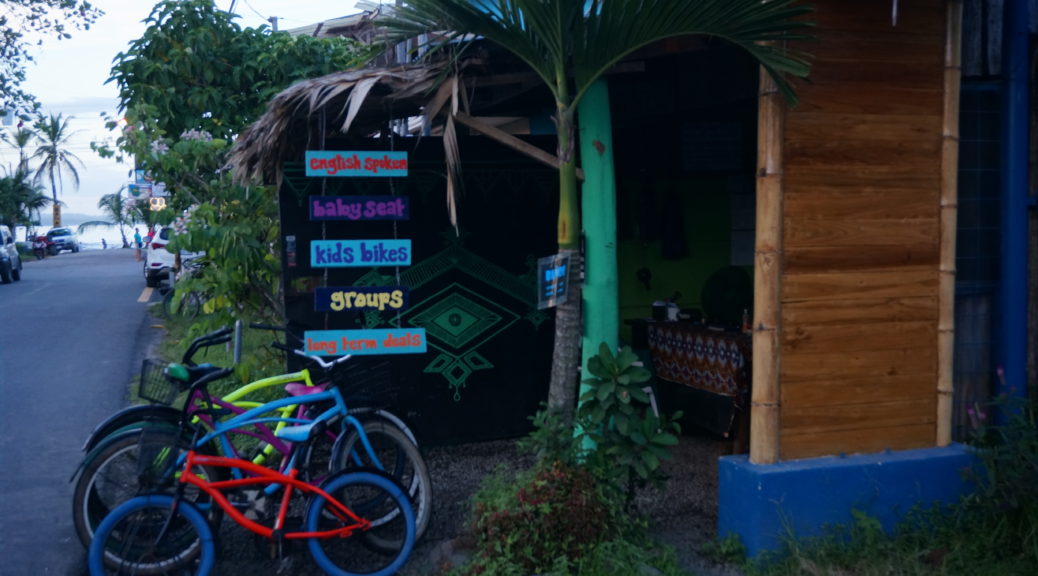We start researching AirBnB for accommodations about 3-4 months ahead of time, which we’ve found affords us a pretty good supply of villas/houses/apartments in our price range of $3,000/month.
After doing this for almost two years we’ve become pretty effective at screening out the crap by developing very effective “Shithole Sensors”.
Our plan for Costa Rica was a month on the Caribbean Coast, a month in Arenal, and a month on the Nicoya Peninsula. Of those three locations we knew that it was going to be most difficult to find housing that suited our tastes on the Caribbean coast. The very reasons we were going to that side of Costa Rica – the lack of development, the rough-and-tumble atmosphere, the off the beaten path vibe – were the same features that were going to make it hard to attain a certain level of comfort.
We finally narrowed it down to two villas: Uva Blue Villas and Casa Blue, both in Puerto Viejo de Talamanca. We scrutinized the photos and the reviews and decided to go with Uva Blue. It seemed to be the newer unit and the safer bet, though we still knew it would be a risk.
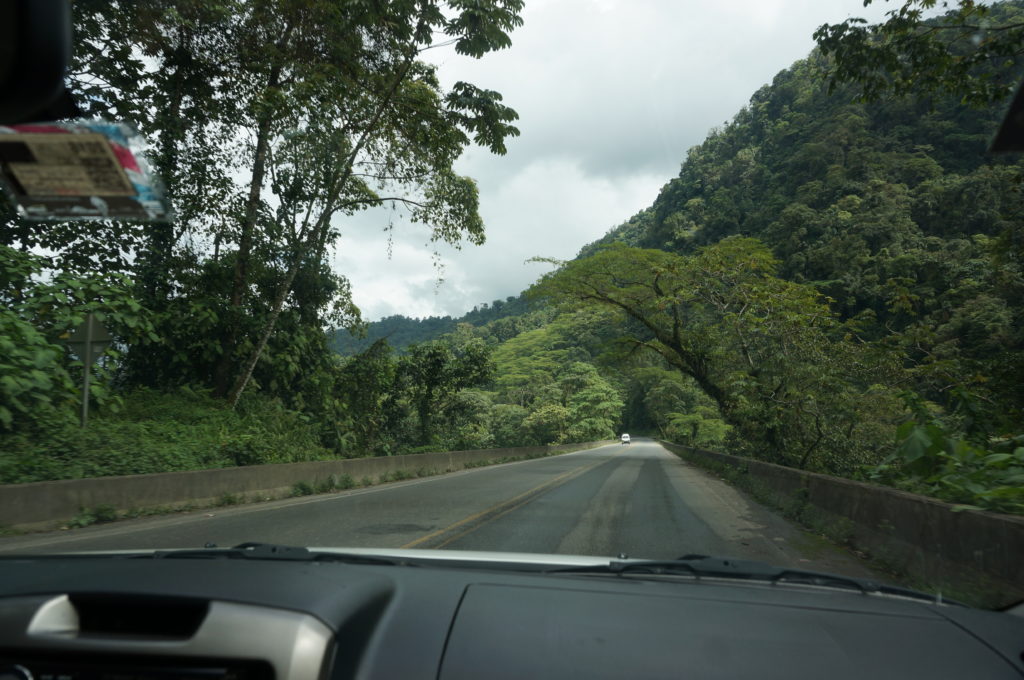
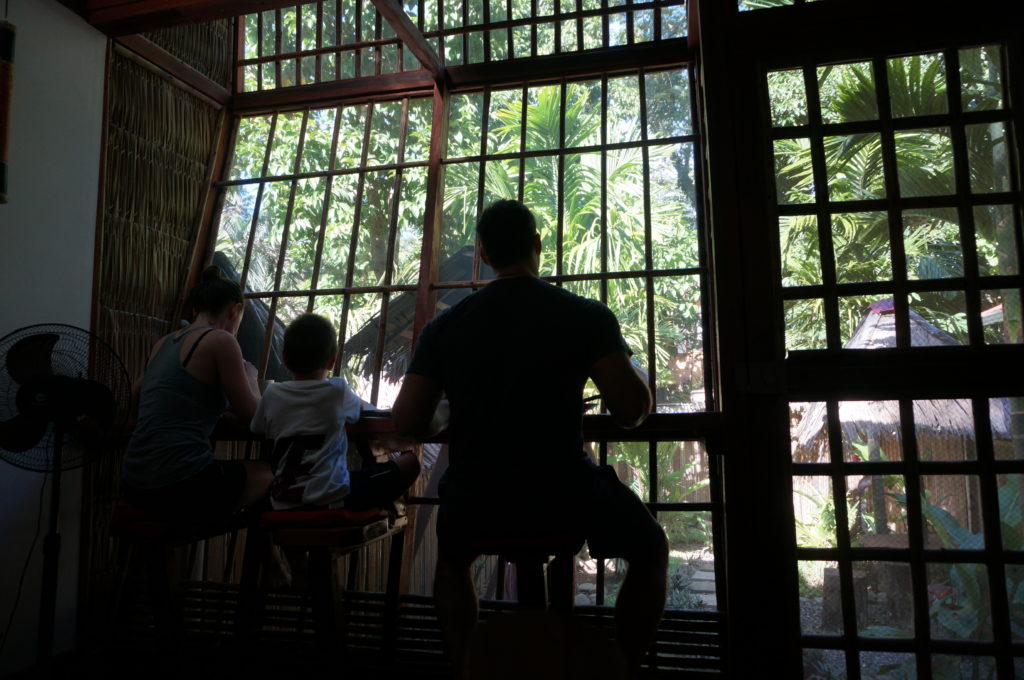

On the ninth of January our early morning flight departed cold, snowy Savannah for our 6-hour flight to Costa Rica. The drive from San Jose airport to the coast was 4+ hours, so we elected to crash at a hotel for the night and make the drive the next morning.
Check Out – Digital Nomads and the Tiny Kite: How to Take Your Startup from Vision to Launch
Our hotel, the Wyndham San Jose Herradura ($200 US/night), was a bit worn but the staff was friendly and well-trained, and they made our brief stay enjoyable. Our car, a little Daihatsu Terios ($1500 US/month) was ready at the Alamo desk the next morning. Renting a car in Costa Rica is notoriously expensive, and the Daiuhatsu was the most expensive rental we’ve had in almost two years of travel. The car was beat up, which was fine with us because we knew the roads of Costa Rica were rough and any dings we might put in the paint would blend right in with all the others already there.

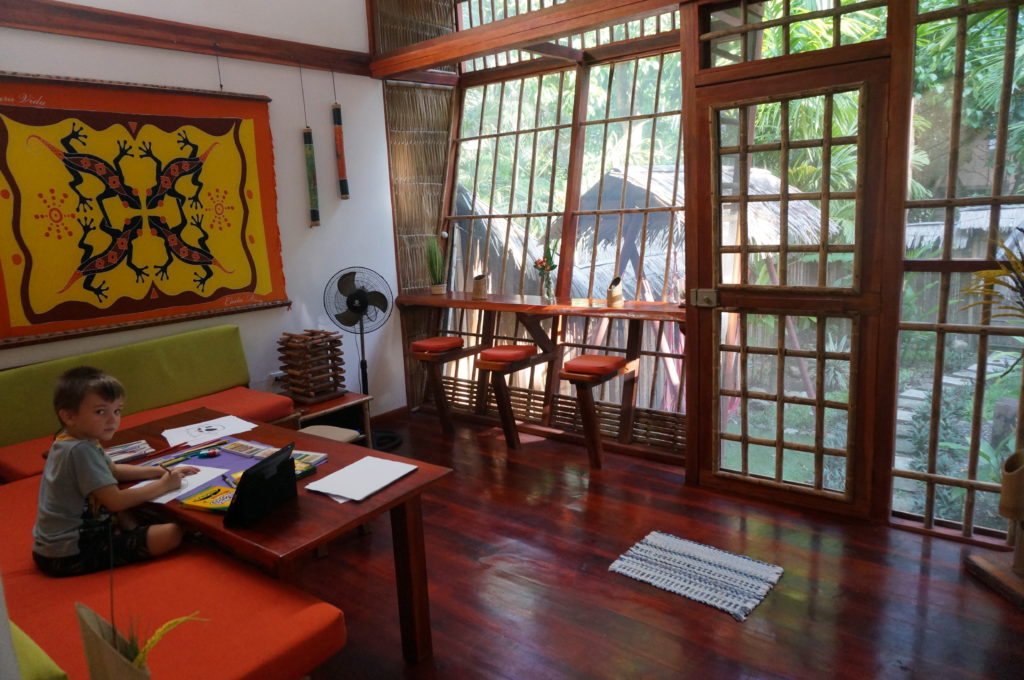
The drive from San Jose to Puerto Viejo de Talamanca was pleasant. We ignore the usual “people drive crazy here” warnings in travel forums as we both learned how to drive in the Boston area, and Boston drivers top the “crazy” list.
We wound through the mountains and past Volcan Irazu, an active volcano just east of San Jose. A few hours later we hit Guapiles, a dusty little town at the foot of the mountains and the gateway to the coast. We kept driving until we reached Limon, the largest city on the Caribbean coast, then headed south to Puerto Viejo.
Check Out – The Most Dangerous Fear
Five hours after departing San Jose we arrived in little Puerto Viejo, which looked exactly like I had imagined it would be. The tiny main street wound its way between small, colorful shops in full view of the deep blue Caribbean. Locals mingled with tattoed, long-haired backpackers, and smoke from fish grilling on streetside braziers drifted through the air.
Our villa was a few kilometers south of town. Peter, our host, let us in and gave us a tour.
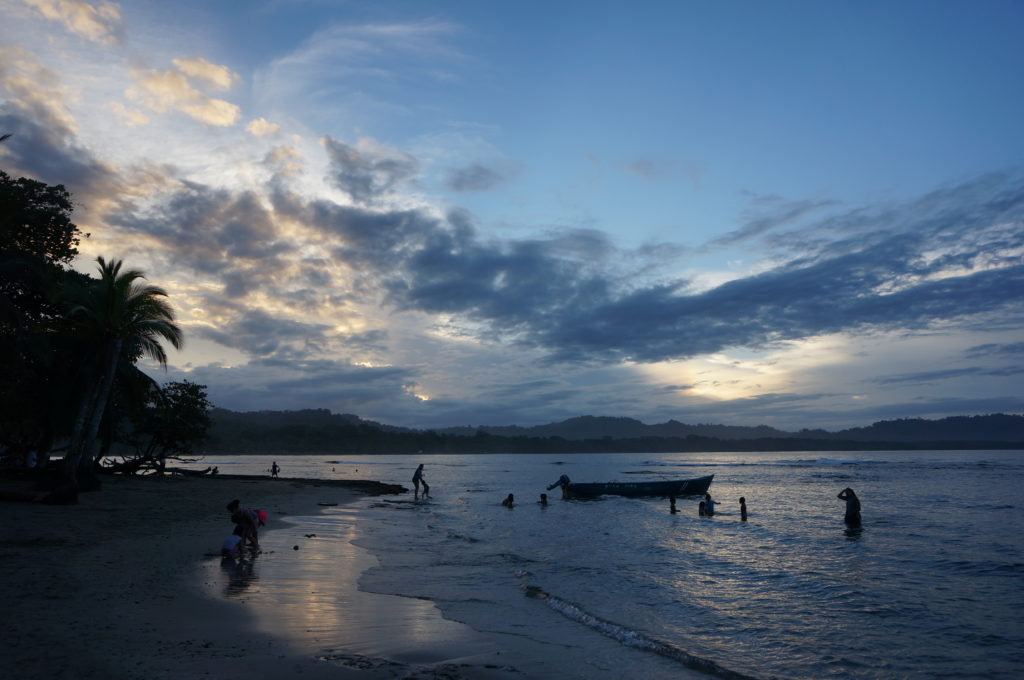
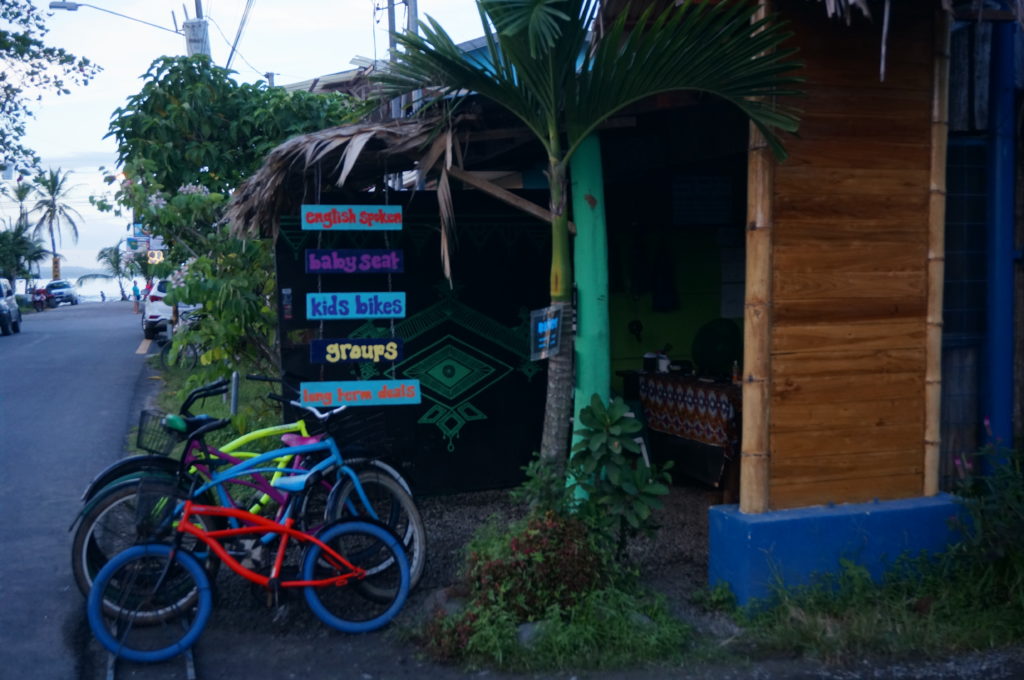
Juliann was immediately disappointed. The villa was dated, run-down, and not very clean. The kitchen utensils looked as if they had been purchased during the Kennedy presidency and the lighting fixtures were filthy.
We cleaned up a bit, bought some air fresheners and candles, and made the place as homey as we could. There were no windows in the villa, only screens, so the jungle air made everything very damp: the sheets, our clothes, the towels, Braeden’s drawing paper, everything. I didn’t think much of it at first, but after a week of climbing into damp bed sheets at night I started craving dry linens.
The little villa had its benefits, though. We could hear the ocean all through the day and the beautiful, unspoiled beaches of Puerto Viejo were just a few minutes walk or drive away. Our little backyard was pretty and surrounded by the jungle. On our second day we spotted whitefaced monkeys and a toucan right outside our door. Another day we sat in our yard and watched, whispering, as a troupe of Mantled Howler monkeys cavorted above us in the trees 20 feet away.
The markets in the area were also much better than I expected. Duende Gourmet, a wonderful little superette, sat right at the end of our street and carried pretty much everything we needed.
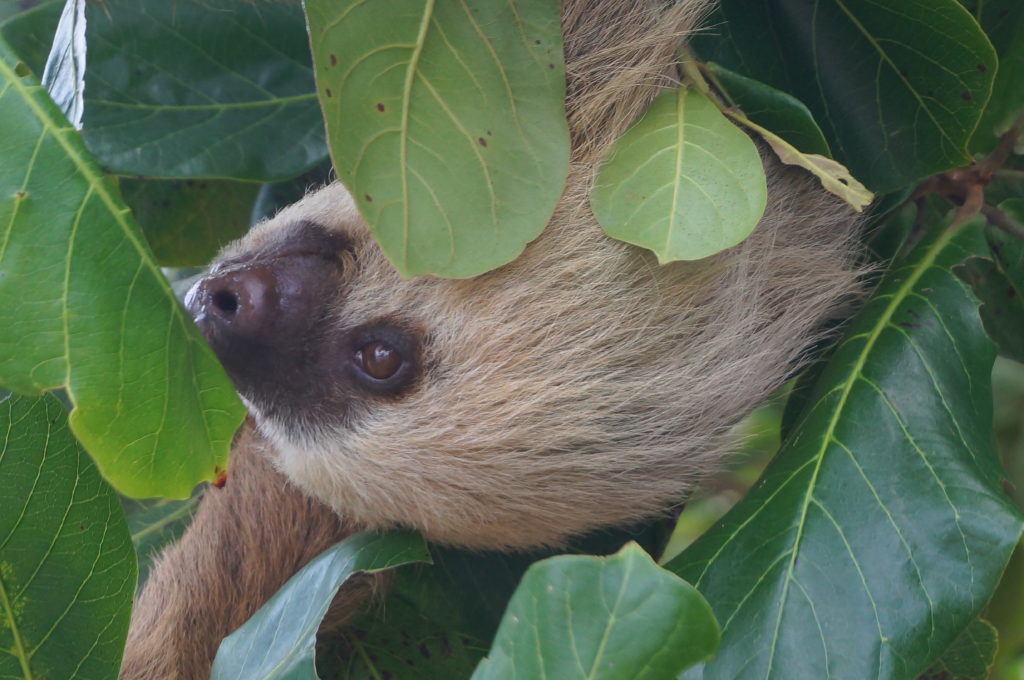

Our first night out we drove into town and stopped at hip and groovy Koki, a bilevel deck restaurant covered with tables and colorful chairs, decorative lights strung everywhere, and a tin roof. The staff was friendly and helpful and the food was excellent. It wasn’t as cheap as, say Vietnam or Thailand, but still less expensive than what we were used to in the U.S.
Downpour
The first two weeks of our stay in Puerto Viejo it rained nearly every day. The locals told us that the weather was very unusual for January, and they unhappily noted that tourists were arriving, then turning right around and leaving.
Check Out – Finding Balance in Sevilla: Hot as F**k but Worth it
The rain made our villa more damp, but the “Jungle Room” – our screened-in area that overlooked our back yard – was particularly cozy when it rained. When the rain came down, it came down HARD. They don’t call it the rain forest for nothing.
All that rain made it difficult to get out and enjoy the outdoors, but it did help in one way: Howler monkeys apparently don’t like to howl when it’s raining, so our usual 5am wake up call by the troupe of Howlers in our backyard was cancelled on rainy mornings.

Tech Issues
I run my business from the road using my laptop and my phone, and to make sure the bills keep getting paid, one of the first things I do when we land in a new location is check my phone connection by Skyping into my business’s conference call provider. I had a call scheduled with my staff the day after we arrived, so I immediately checked the phone connection in our villa and all seemed to go well. I could hear the prompts on the other end and my keypad inputs seemed to work, albeit slowly.
The day after we moved into Uva Blue I settled comfortably into the Jungle Room to dial in. My phone connected, I heard my staff check into the call, but they were acting as if I weren’t there. I realized that they couldn’t hear me, so I quickly threw my gear in my daypack and jumped in the car in search of a better signal.
For the next 30 minutes I drove down the coast road and all over town yelling “Can you guys hear me?!?” into my phone to no avail. In frustration I sent them an email cancelling the call, and set about finding a solution.
After a few hours I found one. Actual, non-Skype, non-Google, non-routed-through-technology phone calls from CR to the States were relatively cheap (~20 cents/minute) so I stocked about thirty dollars of credit on my phone at the grocer down the street. Next I discovered that our wifi and cell signals at the villa were so weak that they didn’t support Skype, but if I drove down the road to Playa Cocles I could make Skype calls using my cell network.
[Aside: We settled on Kolbi for our cell provider because they had the broadest coverage in the country. It was still very spotty, though, particularly in remote locations like Puerto Viejo de Talamanca.]
For the remainder of our stay whenever we wanted to make phone calls we had to drive down to the beach, park between palm trees in the sand, and make our calls from there. On days I had multiple calls I would sit in my car watching the surfers play in the waves while I worked with my team four thousand miles away.
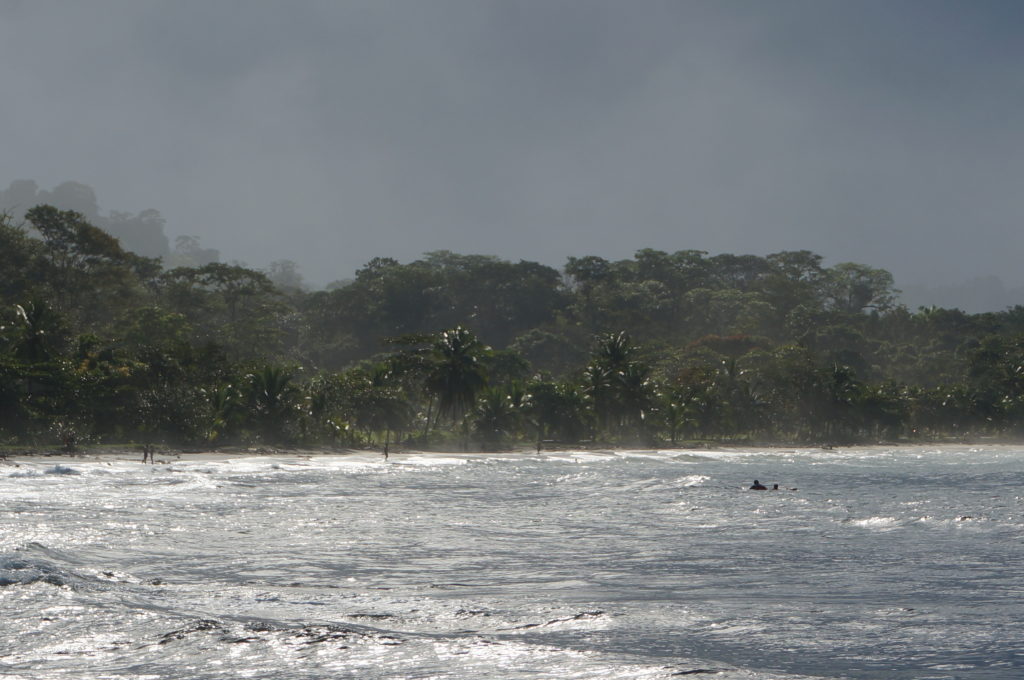
Beachin’ It
The beaches were phenomenal. Playa Cocles, a palm-fringed crescent of dark sand right down the street from our villa, was absolutely gorgeous and nearly deserted. The surf was fantastic, with 6-10′ rollers coming in all day. They broke far enough from the beach that the conditions were perfect for Braeden to play in the water near shore.
We got occasional disapproving stares from folks who undoubtedly thought it a bad idea to let a 5-year-old get tossed around in the surf. I had been raised the same way on East Beach in Watch Hill, RI, though, and it taught me to respect the power of the ocean. There’s nothing quite like being held under for a few seconds by a strong wave to teach you the water can be dangerous.
Punta Uva, another little beach down the street in the other direction, was even quieter and more picturesque. Uva had no restaurants, bars, or vendors, just palm trees. The vistas in either direction were stunning and the water was clearer and a bit calmer than Cocles.
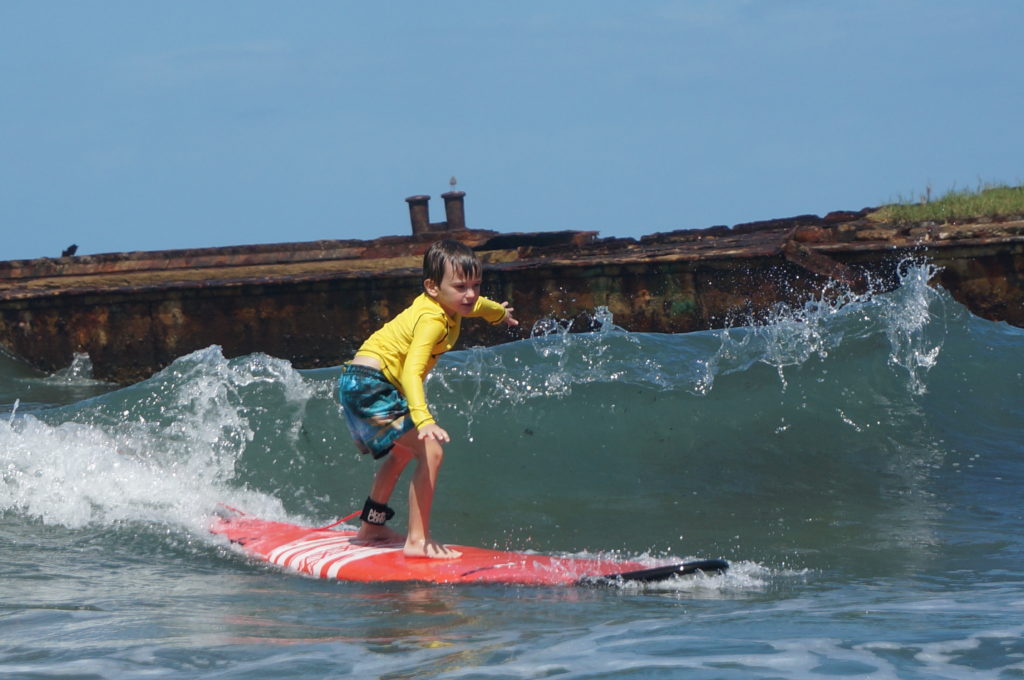
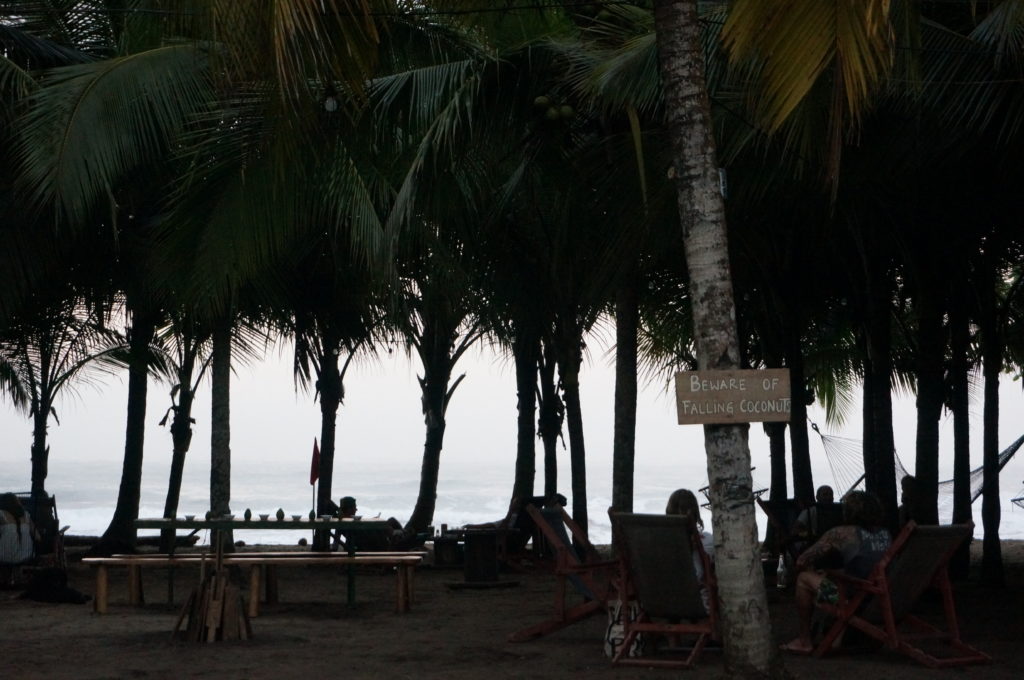
We also made sure to check out Playa Negra, an incredible black sand beach just north of the bridge out of town. Negra was famous for its gentle surf and was the preferred destination for surf schools. Our first week in town we scheduled a lesson for Braeden with Surf the Jungle, and we met the owner and head instructor Misael Brown at Playa Negra.
Misael clearly loved teaching kids and Braeden took to him right away, keeping his eyes focused on Misael at all times. They spent a few minutes practicing B’s pop-up, then they both grabbed the board and headed for the water.
Within minutes Braeden was catching his first waves with Misael’s help and riding them in, arms spread wide, a look of intense concentration on his face and the hint of a smile playing across his lips.
We returned a week later for another lesson with Misael, and the surf was bigger this time, with swells from 2-3 feet, but the boy wasn’t deterred. He spent two solid hours in the water with Misael, learning how to pop up quicker, how to correct his foot placement, and even learning how to paddle and catch waves on his own.
As of this writing we have another week or so left in Puerto Viejo, and we’re planning on getting in one more lesson with Misael. I’m also going to catch some waves myself, because it’s been over thirty years since I last surfed and dammit, it’s time.
We won’t be able to surf in Nuevo Arenal, our next stop, but our final month in Costa Rica will be in the Nicoya Peninsula right near the beach, so we should be able to grab some tasty waves there.
We have one week left. It’s been a challenging and rewarding three weeks and we’re looking forward to our next destination. Leaving this little town will be hard though, because Puerto Viejo has a sleepy, laid-back energy to it that draws you in and makes you feel at home.

